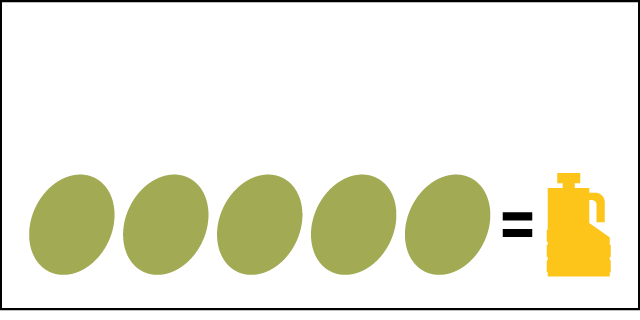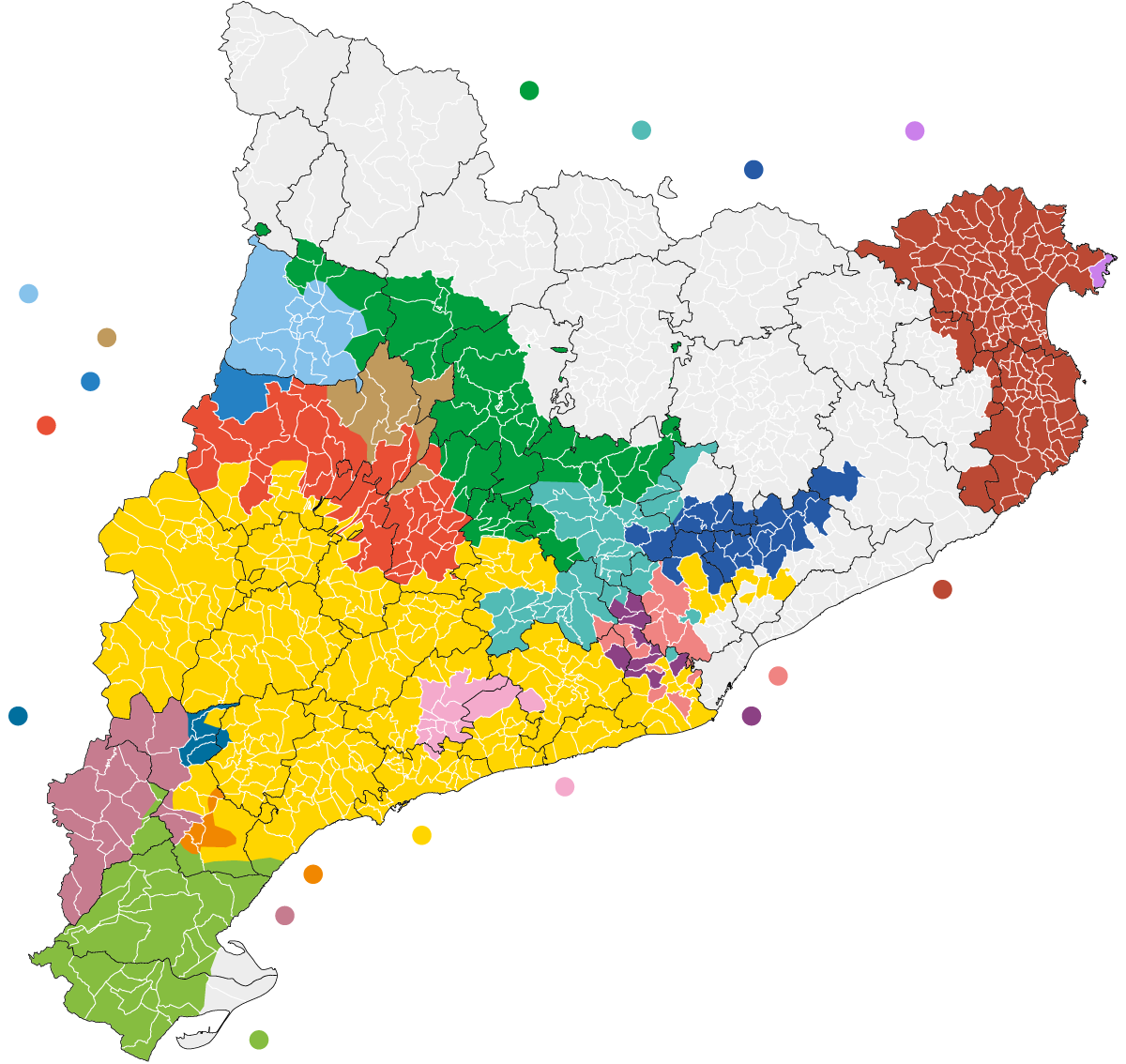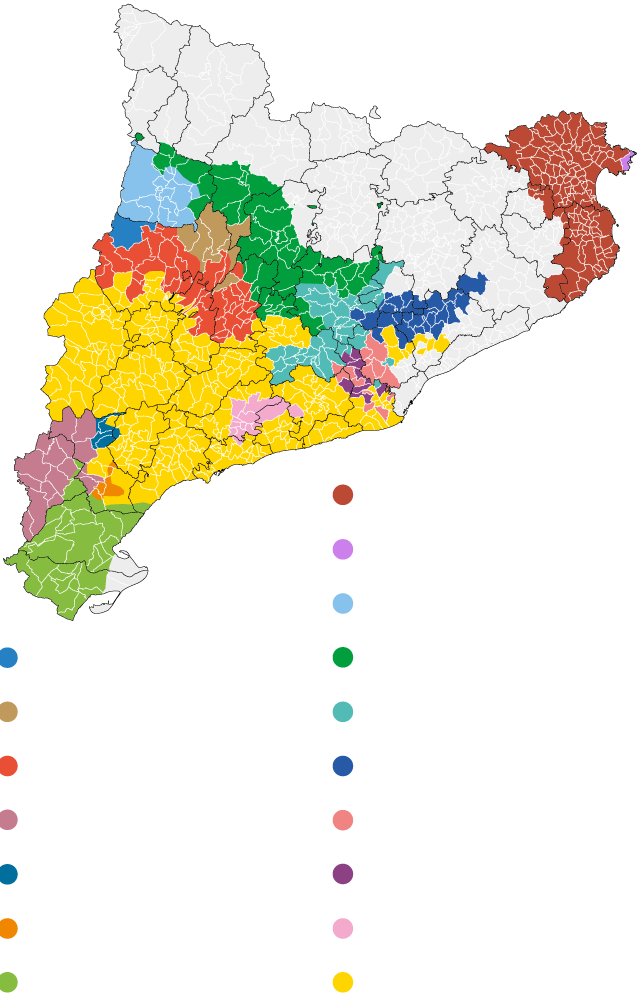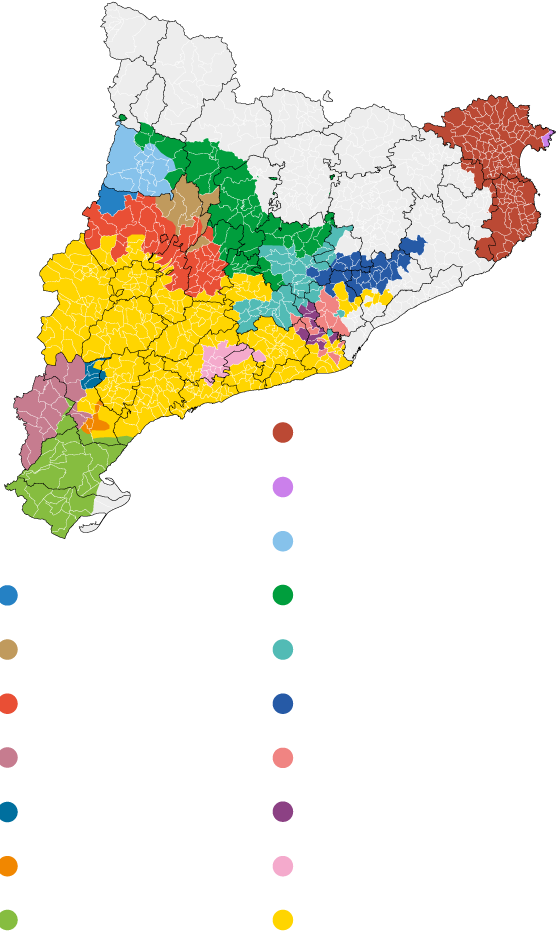Discover the olive varieties grown in Catalonia
The fruit of the olive tree is one of the most desired appetizers but also the base for oil, essential in our kitchen.

The olive tree
Seven years after planting an olive tree, it will begin to bear fruit, the olive. Picked from the tree, olives cannot be eaten because they would be bitter. They must be cleaned with water, and sometimes with other ingredients, to remove their bitterness. And once we can finally eat them, we will discover almost all five basic flavors. Perhaps that's why they are one of the most sought-after snacks.
All over the world
There are more than 200 different olive varieties in the world, but some are more widely cultivated. These include the Arbequina and Injerto varieties, as well as the Cortijo and Hojiblanca varieties.
The varieties of the territory
A trip through our country, exploring the olive groves, shows us that not all olives are the same. Both their weight and taste are different, and the result is oils with unique flavors depending on the variety they are made with.
Arbequina
- One of the most beloved varieties in Catalonia, and also widespread throughout the world.
- It comes from the town of Arbeca (Les Garrigues), and is also known by the name arbequí.
- It is a cold-resistant and highly productive olive.
- The resulting oil is sweet, with very light touches of spiciness and bitterness.
- These characteristics make it attractive in cooking because they prevent its flavor from being dominant.
- An Arbequina olive weighs 1.20 grams.
Argudell
- It is the variety of the Empordà Protected Designation of Origin, a territory that cherishes it with devotion.
- It is a low-yielding variety, but the tree can adapt to different soils.
- The resulting oil is deep green in color, with a spicy and bitter taste, and also has a sweet flavor, but it is not prominent and remains hidden.
- Overall, the flavor is powerful.
- An Argudell olive weighs 2.23 grams.
Corbella
- It is also known by the names of Montserrat, corbell either curbiella.
- It is grown in the regions of Bages, Solsonès, Segarra and Urgell.
- It is one of the most productive varieties, as it resists some of the common olive tree pests.
- It ripens early and, in addition, all the fruit on the tree ripens almost at the same time.
- The resulting oil is very aromatic and sweet in the mouth with a spicy touch at the end.
- A curved olive weighs 2.31 grams.
Dovecote
- It is also known by the name ofOlesana.
- It is grown in Baix Llobregat and Anoia, and its point of origin is Olesa de Montserrat.
- It has an average productivity.
- It matures early and is very sensitive to common olive pests.
- The resulting oil is fruity and sweet on the palate, with a spicy and bitter touch.
- A palomar olive weighs 2.96 grams.
Graft
- It is also known by the names ofAragonese, black, forge either highland.
- It is the main variety of the Terra Alta Protected Designation of Origin, and is grown in the Ebro Valley, as well as in Castellón and the Balearic Islands.
- It is a productive variety that matures early.
- It is resistant to drought, and also to typical olive tree pests.
- The resulting oil is intense; bitter and spicy on the palate, but also sweet. And highly prized in cooking.
- A grafted olive weighs 3.14 grams.
Weevil
- It is the variety of the Baix Ebre and Montsià regions, and comes from the town of Els Reguers (Tortosa).
- It does not have much resistance to drought, it is very sensitive to cold.
- The resulting oil is spicy, bitter and astringent and also has sweet notes.
- All of this makes the final sensation fresh.
- A pointed olive weighs 2.98 grams.






